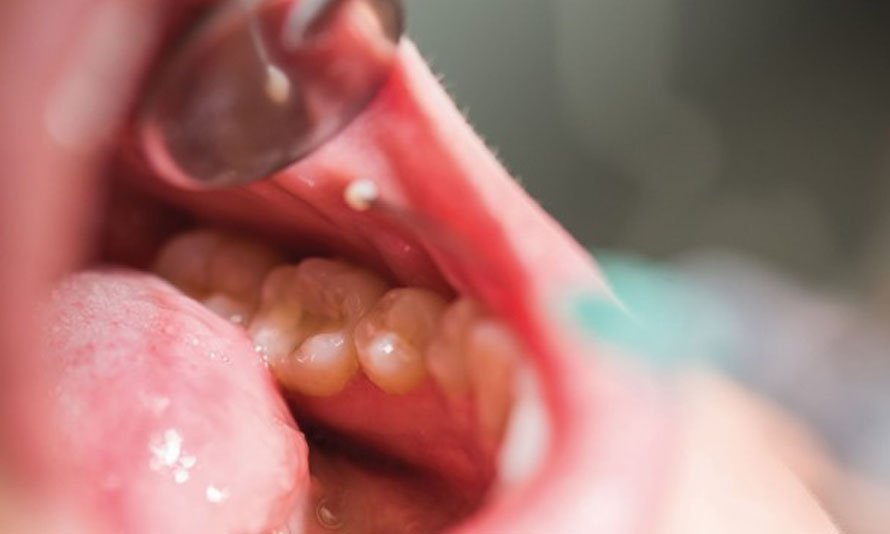
Oral cavity cancer refers to a group of cancers that develop in the tissues of the mouth. It can occur in various parts of the oral cavity, including the lips, tongue, gums, inner lining of the cheeks, floor of the mouth, roof of the mouth (palate), and the area behind the wisdom teeth. Oral cavity cancer is often associated with the use of tobacco and alcohol, and early detection is crucial for successful treatment. Here are some key points about oral cavity cancers:
Types of Oral Cavity Cancer:
Squamous Cell Carcinoma: The most common type of oral cavity cancer, which originates in the squamous cells lining the oral cavity.
Salivary Gland Cancer: This type of cancer originates in the salivary glands located in the oral cavity.
Lip Cancer: Lip cancer can occur on the upper or lower lip, often due to sun exposure or tobacco use.
Tongue Cancer: Tongue cancer can affect the front (oral tongue) or the base of the tongue (base of tongue cancer). The latter is often considered part of oropharyngeal cancer.
Risk Factors:
Tobacco Use: Smoking and smokeless tobacco use are significant risk factors for oral cavity cancer.
Alcohol Use: Heavy alcohol consumption, especially in combination with tobacco use, increases the risk.
HPV (Human Papillomavirus): Some cases of oral cavity cancer, particularly those affecting the back of the tongue and tonsils, are associated with HPV infection.
Sun Exposure: Lip cancer can be linked to prolonged sun exposure, especially for those with fair skin.
Age and Gender: The risk increases with age, and men are more likely to develop oral cavity cancer than women.
Poor Oral Hygiene: Chronic irritation, inflammation, and poor oral hygiene may contribute to the development of these cancers.
Symptoms:
Diagnosis:
Staging:
Treatment:
Prognosis:
Regular dental check-ups, avoiding tobacco and excessive alcohol use, practicing sun safety for lip protection, and being aware of potential symptoms can contribute to early detection and improved outcomes for oral cavity cancer.